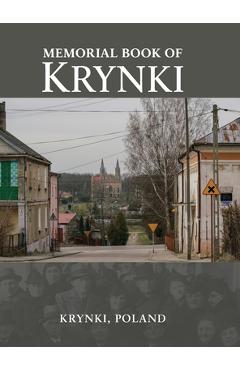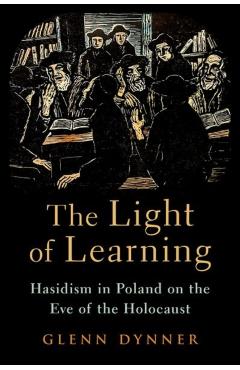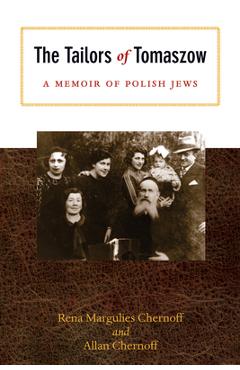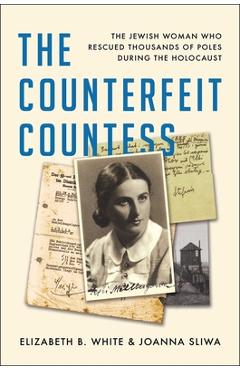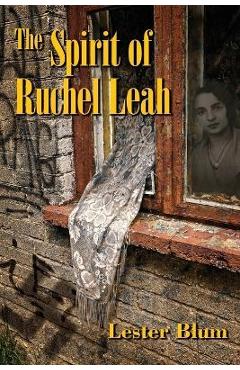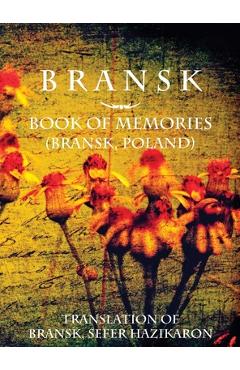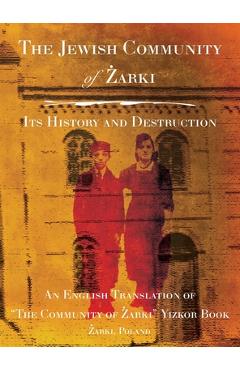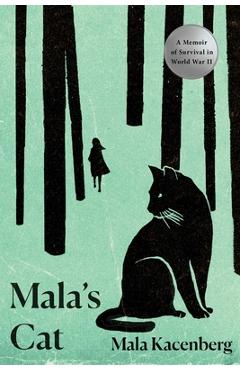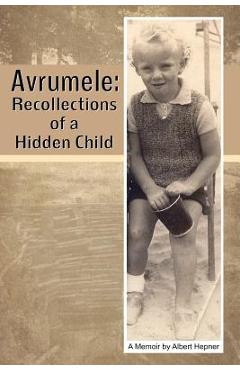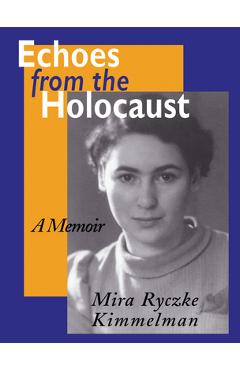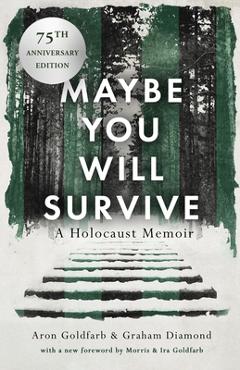Jewish Life in Poland: The Art of Moshe Rynecki (1881-1943)
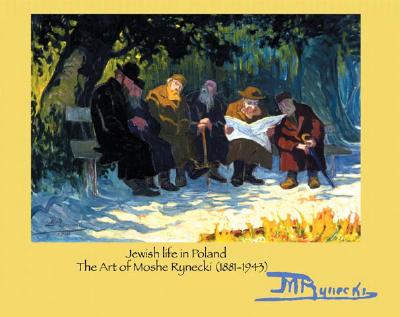
Jewish Life in Poland: The Art of Moshe Rynecki (1881-1943)
Moshe Rynecki used his paintbrush and palette to document and chronicle the life of his community-Jewish people of Warsaw, Poland. Some artists, however, do more than simply document the subjects that they see and watch-they use the canvas to reveal something new-to show us that which we did not see at first, that which we might not consider if we had observed the subject ourselves. While some might have seen a group of men sitting at a table studying the Talmud, Rynecki reveal the Rabbi gesticulating as he talks, he shows the men's spines bent from spending so much time studying, he shows the tallit wrapped across the shoulders of those who have put their heads down for a brief rest, and he makes visible the light that gently streams into the darkened room.
Rynecki's drive and ambition to paint came early in life and it came from within. When he was five years old he used chalk and crude brushed to paint on the walls and floors of his parents' home. As he grew older, he always carried a sketchbook with him so that he could quickly draw that which caught his attention-people, their expressions, their hands.
While Rynecki spent much of his life painting the Jewish community, he also witnessed a great deal of change to his country, from the almost constant political turmoil that characterized Poland's brief independence between the World Wars, to the onset of Soviet aggression, and Nazi brutality at the start of the Second World War.
Rynecki, much to his son's dismay, willingly lived inside the walls of the Warsaw Ghetto. While his son warned him that the Nazi forced were not to be trusted, he only said, "If you are right my son, then let me go where my brothers and sisters go. And if it's death, so be it." Ultimately, Rynecki was deported to the Majdanek concentration camp where he perished.
If you are interested in this book, you may also be interested in Surviving Hitler in Poland: One Jew's Story.
PRP: 79.36 Lei
Acesta este Pretul Recomandat de Producator. Pretul de vanzare al produsului este afisat mai jos.
67.46Lei
67.46Lei
79.36 LeiLivrare in 2-4 saptamani
Descrierea produsului
Moshe Rynecki used his paintbrush and palette to document and chronicle the life of his community-Jewish people of Warsaw, Poland. Some artists, however, do more than simply document the subjects that they see and watch-they use the canvas to reveal something new-to show us that which we did not see at first, that which we might not consider if we had observed the subject ourselves. While some might have seen a group of men sitting at a table studying the Talmud, Rynecki reveal the Rabbi gesticulating as he talks, he shows the men's spines bent from spending so much time studying, he shows the tallit wrapped across the shoulders of those who have put their heads down for a brief rest, and he makes visible the light that gently streams into the darkened room.
Rynecki's drive and ambition to paint came early in life and it came from within. When he was five years old he used chalk and crude brushed to paint on the walls and floors of his parents' home. As he grew older, he always carried a sketchbook with him so that he could quickly draw that which caught his attention-people, their expressions, their hands.
While Rynecki spent much of his life painting the Jewish community, he also witnessed a great deal of change to his country, from the almost constant political turmoil that characterized Poland's brief independence between the World Wars, to the onset of Soviet aggression, and Nazi brutality at the start of the Second World War.
Rynecki, much to his son's dismay, willingly lived inside the walls of the Warsaw Ghetto. While his son warned him that the Nazi forced were not to be trusted, he only said, "If you are right my son, then let me go where my brothers and sisters go. And if it's death, so be it." Ultimately, Rynecki was deported to the Majdanek concentration camp where he perished.
If you are interested in this book, you may also be interested in Surviving Hitler in Poland: One Jew's Story.
Detaliile produsului









